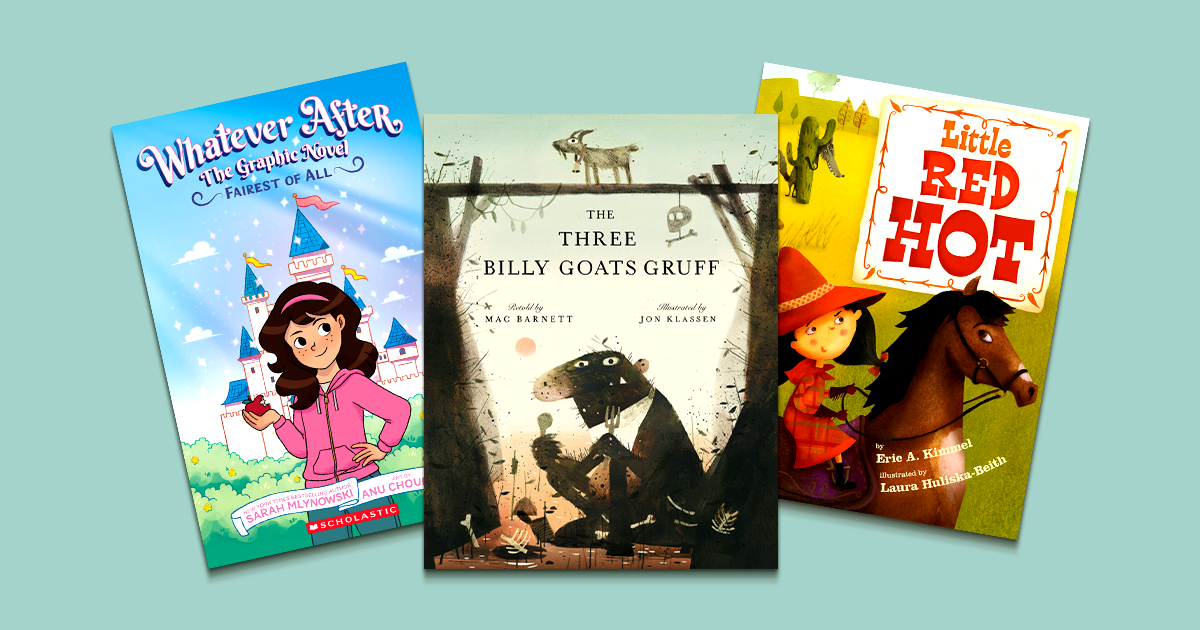Fairy tales are a great way to get your students hooked on reading and language. Students fall in love with these classic stories at a young age, and then when they come to school, they’re excited to read and interpret them for themselves.
For example, Little Red Hot loves chili peppers. She eats them for breakfast, lunch, and dinner. When her grandmother gets sick, Little Red makes her a pepper pie so hot, it's guaranteed to knock the germs right out. But before she could bring her grandmother the pepper pie, Little Red Hot encounters a new foe: Señor Lobo.
The Three Billy Goats Gruff is a hilarious new take on the classic story as a terrible troll guarding a grassy knoll underestimates three clever little goats.
Finally, Whatever After has readers meet siblings Abby and Jonah as they get sucked into the mirror in their basement. When they realize they're in the real-life story of Snow White, Abby and Jonah try to prevent the princess from eating the poisoned apple — all to hilarious consequences as the classic story totally changes! Told in graphic novel format, this story is sure to delight older readers and shake up their knowledge of fairy tales.
After reading and rereading a few twists on classic stories, your students will see them in a new light and may even be inspired to find new ways to put a spin on the fairy tales they love so much.
Shop fabulous retellings of classic fairy tales below! You can find all books and activities at The Teacher Store.
